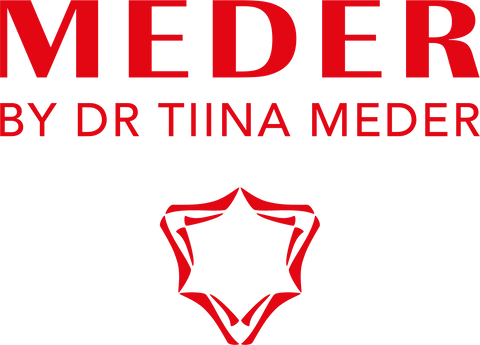And How We Can Use It in Skncare
Biohacking is based on the idea of prolonging life by improving the functionality of the human body.
The first biohacking enthusiasts, most of them living in the Silicon Valley, were looking for a better understanding of ageing and molecular “weaknesses” of the body hoping to “hack” it and make a longer life possible.
Under the umbrella of biohacking, you can find a whole spectrum of ideas.
But basically speaking, biohacking is looking for mechanisms of self-regulation allowing to control ageing by using the body’s own potential with a little external help. Sleep, light, physical activity, food, and meditation are 5 pillars of biohacking.
Biohacking in Skincare
Skin is the largest organ in the body and skin functionality is largely based on self-regulation.
Skin cells are playing for many teams, including nervous, immune, and endocrine systems, sharing the same biochemical language, constantly reacting to external stimuli and interacting with all the body’s organs and tissues.
A new understanding of the molecular mechanisms of skin renewal, regeneration and self-protection is helping us understand the role of age-related deficiencies and changes in the skin genes expressions as well as the role of peptide signalling or the microbiome.
How Do We Use Biohacking in Skincare?
Skin-identical ingredients: speaking the skin language.
These kinds of ingredients are mimicking substances present in healthy skin. Their amount is reduced with age, or they could be changed qualitatively leading to age-related functional changes of the skin.
For example, ceramides and squalane are important parts of the skin’s natural protection barrier. Skin loses them progressively with age but if we replace them in daily skincare it keeps the skin barrier intact or at least much less deficient and it helps to slow down age-related changes.
We largely use these in our daily protective creams.













